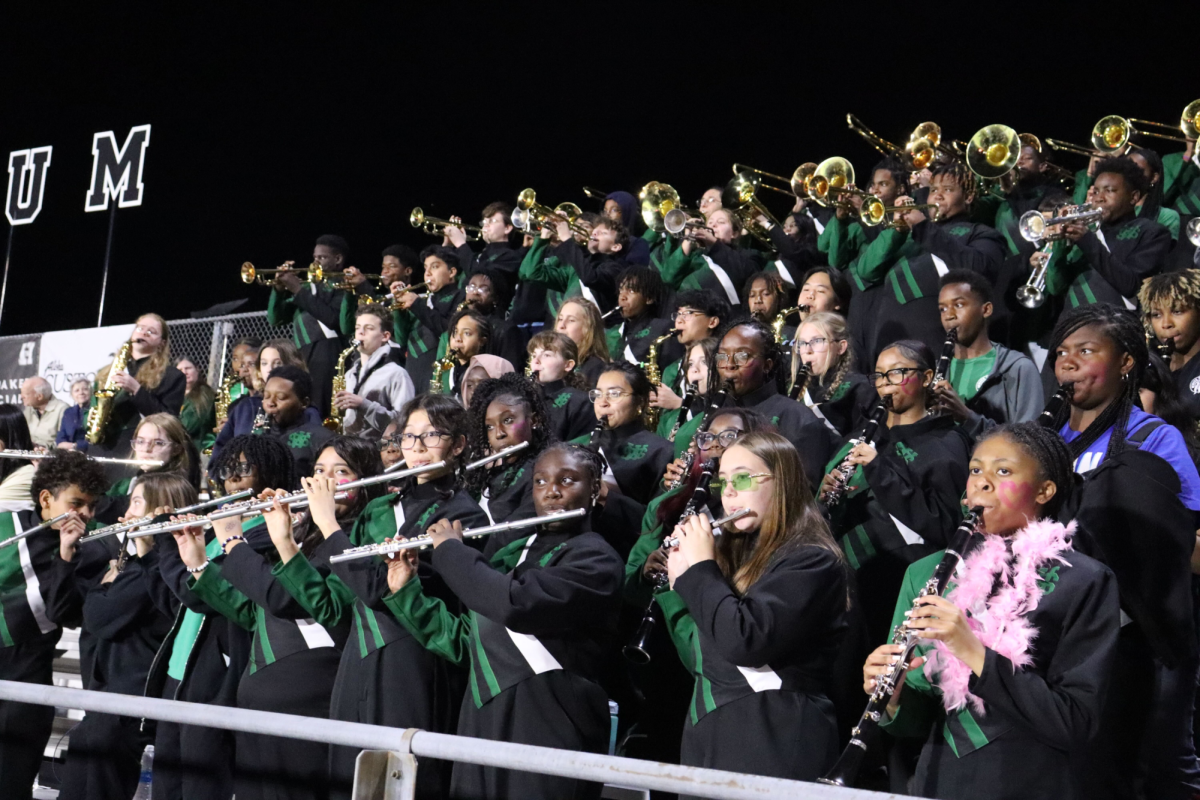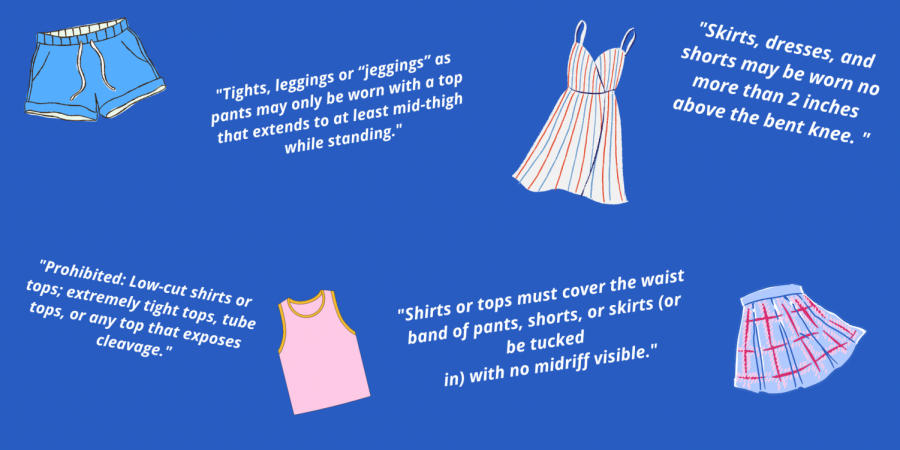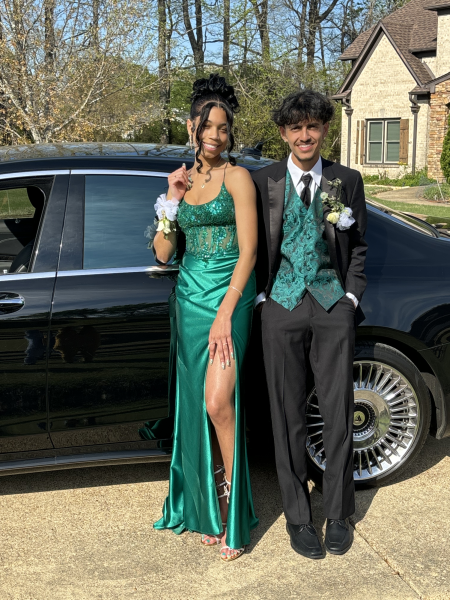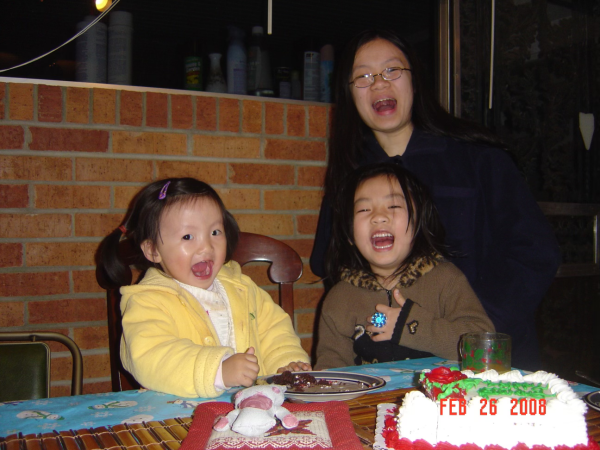Dress codes encourage comfort and consistency
The 2021-2022 dress code policy is updated with new restrictions. Students have expressed their strong opinions against it, but others find the regulations reasonable for a school environment.
Dress codes in public schools have long been a contentious topic. Students, teachers, parents and administration tussle to come to a common ground on what is appropriate and who should get to decide on what students should wear to school. Strict dress codes are confining, and student input is essential to finding a solution.
Until 2014, White Station students wore a uniform consisting of collared shirts and khakis. As a White Station alumna, honors English IV teacher Theresa Fairchild recounts when she too felt this way as a student.
“I think our dress code is pretty lax compared to other schools where I’ve taught that have a dress code,” Fairchild said. “It’s definitely a lot better than when I had a dress code here at White Station.”
Self-expression is allowed but in a limited capacity with defined boundaries, which aim at preventing distraction and maintaining the authority of discipline. School is a place where rules are observed just as they are in the outside world, where students will face similar restrictions in their future jobs and careers.
“I don’t think those [dress code] restrictions are making our dress code intrusive,” Soumya Bandaru (10) said. “Even if you walk around campus with our current dress code in place, you see so many varieties of style that people show up to school in.”
Comfort over appearance is the preference for many students as sweats, slides and leggings have become the popular garb. These items are in compliance with White Station’s 2021-22 dress code policy, which helps to lessen the number of complaints.
“Everything that we do in school is controlled,” Owen Keeton (12) said. “We have controlled assignments and bells and lunches. I think it’s good to not have a uniform and just have a loose dress code policy … it helps the majority of people enjoy being at school a little more if they can dress how they want to dress.”
The few limits that White Station has instituted still allow the majority of popular clothing and trends to circulate throughout the school. Exceptions like covering the midriff and not allowing rips in jeans above the knees is a small price to pay for the extensive freedom given in the dress code. This laxness from the rigidity of formal school attire fosters an environment for connection and keeps student focus where it is truly required: academia.
“I really love how the dress code is able to show different sides of people,” Bandaru said. “For example, I know a lot of people who’ve met other people because they’ve worn similar clothes. I love that our dress code is able to connect a lot of different groups of people based on what they wear because of their personality.”
Your donation will support the student journalists of White Station High School. Your contribution will allow us to purchase equipment and cover our annual website hosting costs.


































